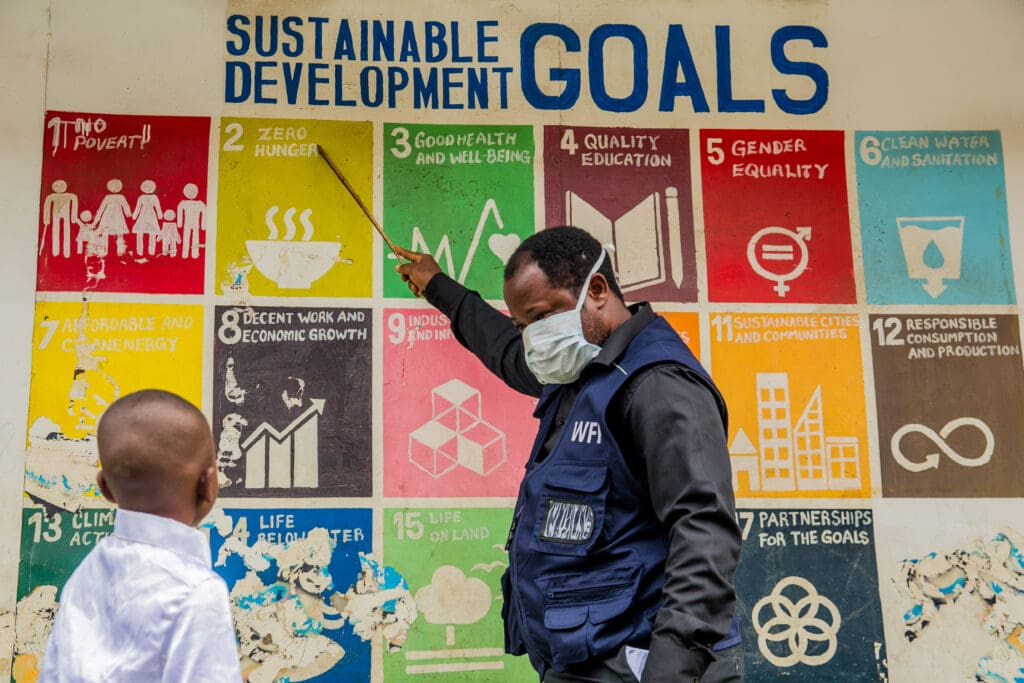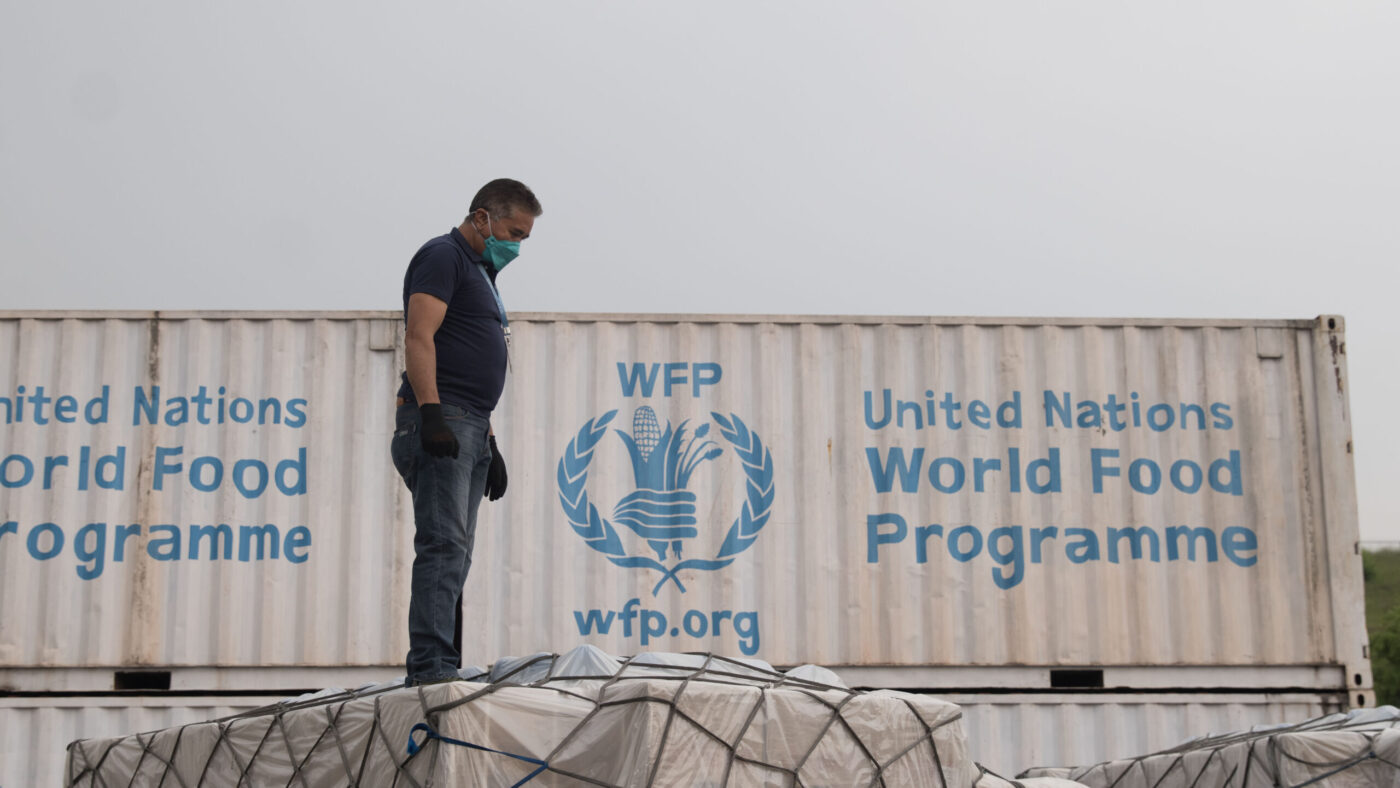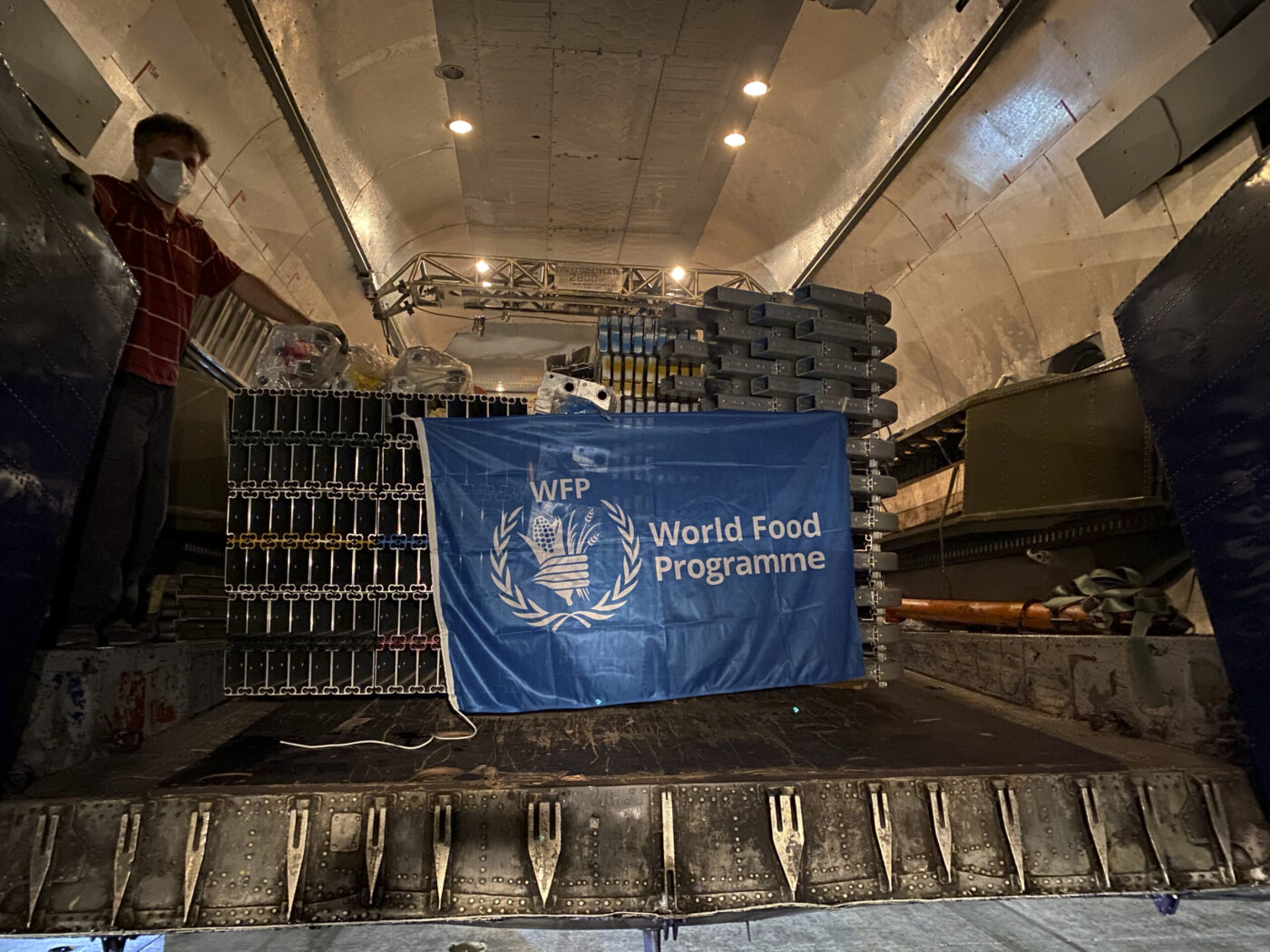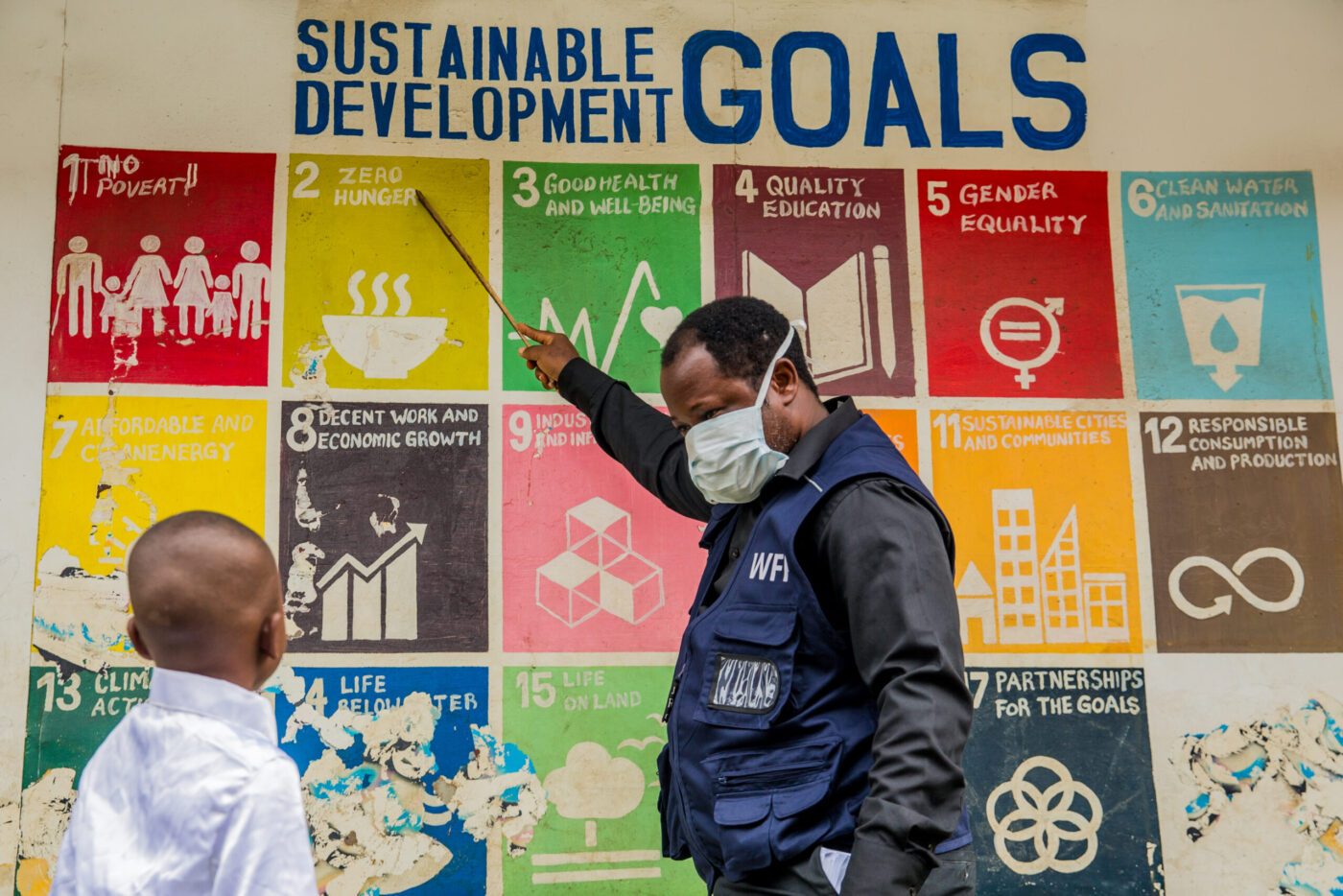How the United Nations World Food Programme Fights Hunger and Famine Globally

Did you know that the United Nations World Food Programme (WFP) is the largest humanitarian organization in the world? Our staff puts every bit of might, dedication and passion into delivering food to the hungriest, most vulnerable people on the planet – in more than 80 countries.
These communities face deep levels of hunger. Many are displaced from their homes by conflict and climate change. Our mission is to save their lives during emergencies like these and use food to build a pathway to peace, stability and prosperity in some of the toughest places on earth.

For 60 years, the U.N. World Food Programme has worked on the front lines of the world’s worst crises, doing whatever it takes to deliver lifesaving food. That’s why we continue to scale up operations: So families can survive upheaval, build resilience and lead peaceful lives.
We also work to prevent hunger and promote stronger, nourished, self-sustaining communities through programs that spread knowledge about food storage, farming and nutrition.
What Is the Role and Position of the U.N. World Food Programme?
The U.N. World Food Programme was created in 1961 to respond to hunger crises around the world and formally became a permanent program in the United Nations in 1965.

We work closely alongside other institutions fighting for a hunger-free, well-nourished world. That includes the Food and Agriculture Organization of the United Nations (FAO), the International Fund for Agricultural Development and dozens of other agencies, NGOs and local groups working towards the same outcome.
Where Does Your Funding Come From?
The U.N. World Food Programme is entirely voluntarily funded, so we rely on our generous supporters to keep feeding the world. Much of our funding comes from donor governments around the world. Meanwhile, corporate donations of cash, products or services free up scarce resources to help us feed more hungry people. Some of our most valuable supporters are individuals like you, who enable us to save lives every day through emergency food rations, school meals, training programs for small-scale farmers and more.
What Are the U.N. World Food Programme’s Goals?
The Sustainable Development Goals
The Sustainable Development Goals (SDGs) – also known as the Global Goals – are 17 targets that were adopted by the United Nations in 2015 as a call to action to build a more sustainable future. Among the goals are ending poverty, protecting the planet and ensuring that all people enjoy peace and prosperity – with a deadline of 2030.
Goal 2 – Zero Hunger – aims to end hunger, achieve food security, improve nutrition and promote sustainable agriculture. Achieving this goal by the target date of 2030 will require a profound increase in ambition and reaching populations that are furthest behind. That’s the priority of the U.N. World Food Programme.

Who Does the U.N. World Food Programme Feed? And How?
Feeding the Hungriest People in the World
From school kids to small-scale farmers, we deliver more than 4 million tons of food to over 100 million people each year. They are families in crisis: people running from extreme weather, poverty, persecution and conflict. We work hard to help them stay in their homes, get the food they need, rebuild infrastructure and get back on their feet.

We prioritize children
Kids are the most vulnerable victims of the forces that cause hunger. As the biggest non-governmental provider of school meals in the world, we work every day to make sure children get the nutrients and education they deserve. School meals keep kids (especially girls) in the classroom. Families also depend on these meals so they can save money, put food on the table at home and afford rent.
We focus on women and girls
In nearly two-thirds of countries around the world, women are more likely than men to suffer from hunger. Our work focuses heavily on those women and girls who often eat last and least. We provide pregnant and breastfeeding women with specialized nutrition support through the first 1,000 days from a child’s conception to second birthday, as well as vouchers to purchase groceries
We support farmers
Ironically, we also serve the people who grow most of the world’s food: It’s a cruel reality that half the world’s hungriest people are small-scale farmers. They rely on modest farms to feed their families but often lack access to adequate resources, tools and technology. We provide important resources like fertilizer and farming equipment to help them grow food more easily and earn an income from the surplus.
We work together with vulnerable communities
Our Food Assistance for Assets program strengthens communities by providing healthy food in exchange for work on infrastructure projects like roads, dams and irrigation systems. This community-centered approach also promotes nutrition and gender equality, builds resilience to climate shocks and introduces sustainable farming practices.
You can learn more about our programs here – they’re vital to keeping people out of hunger and growing healthy communities.
How Do We Deliver Food Around the World?
Here’s how the U.N. World Food Programme delivers vital food and humanitarian aid around the world:

The U.N. World Food Programme’s humanitarian air service gets food and staff to the world’s most remote and challenging locations.
- Our vast network of supply chain hubs and warehouses allows us to oversee logistics for the entire global humanitarian community, including air, sea and land transportation. With our fleet of 5,600 trucks, 50 ships, 92 aircraft and 650 warehouses, we store, transport and deliver food assistance to some of the planet’s most remote and hungry areas.
- When markets are functioning, we provide families with cash, food vouchers or debit cards that can be used in their local markets, thereby restoring their dignity and choice.
- In 2016, we launched iris scan technology so people could buy food items with a simple scan of their eye instead of with cash, vouchers or cards. When COVID-19 hit, we switched to digital QR codes so people could pick up food while staying socially distanced. Innovative solutions like this made it possible for the people we serve to collect food safely and efficiently.
You can learn more about the types of food and nutrition support we provide here.
How Effective Is the U.N. World Food Programme?
In 2020, we staged the biggest scale-up of emergency food operations in our 60-year history to meet the urgent needs of vulnerable communities impacted by COVID-19 worldwide. We supported a record 115.5 million people and served as the backbone of the international humanitarian response to the pandemic. Last year we also received the most prestigious recognition of our effectiveness: the 2020 Nobel Peace Prize. And we’re not slowing down.
From the Democratic Republic of Congo to Honduras to Yemen, our 20,000-member team is working tirelessly in more than 80 countries to fight hunger. We make every dollar donated count: For just $.50 cents, we can deliver a full meal into the hands of a desperately hungry person. Here in the U.S., World Food Program USA has a nearly perfect accountability and transparency score (97) from Charity Navigator as a testament to our role as a trusted philanthropic leader in the field.
From the front lines of famine to the aftermath of natural disasters, we’re among the first on the scene when disaster strikes. And we will be there as long as we’re needed.




